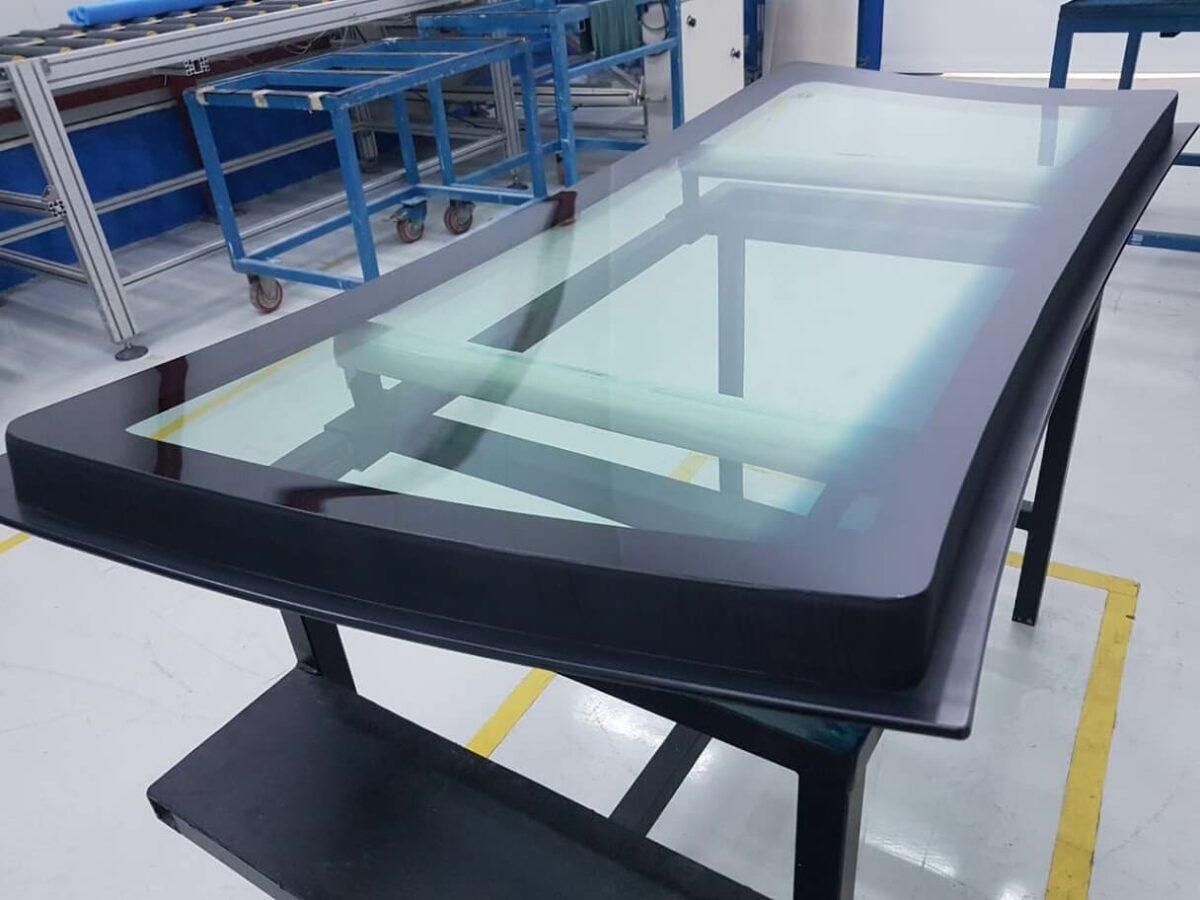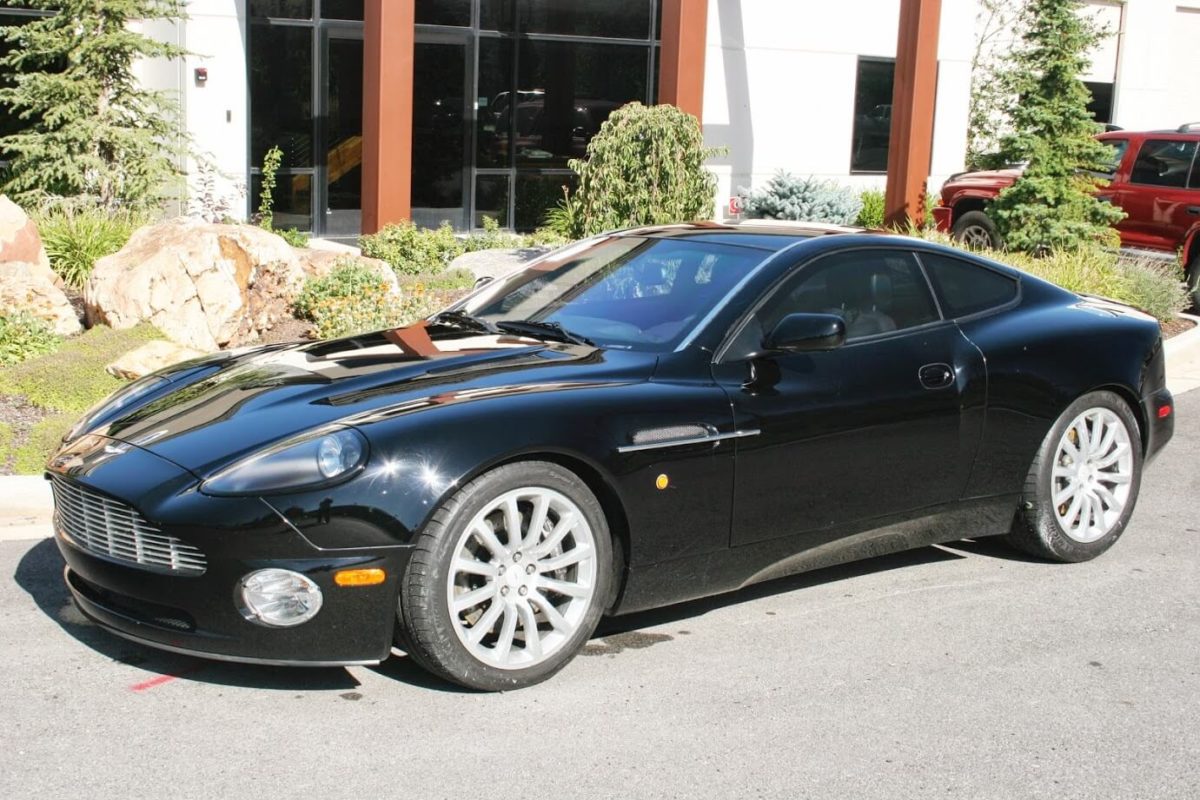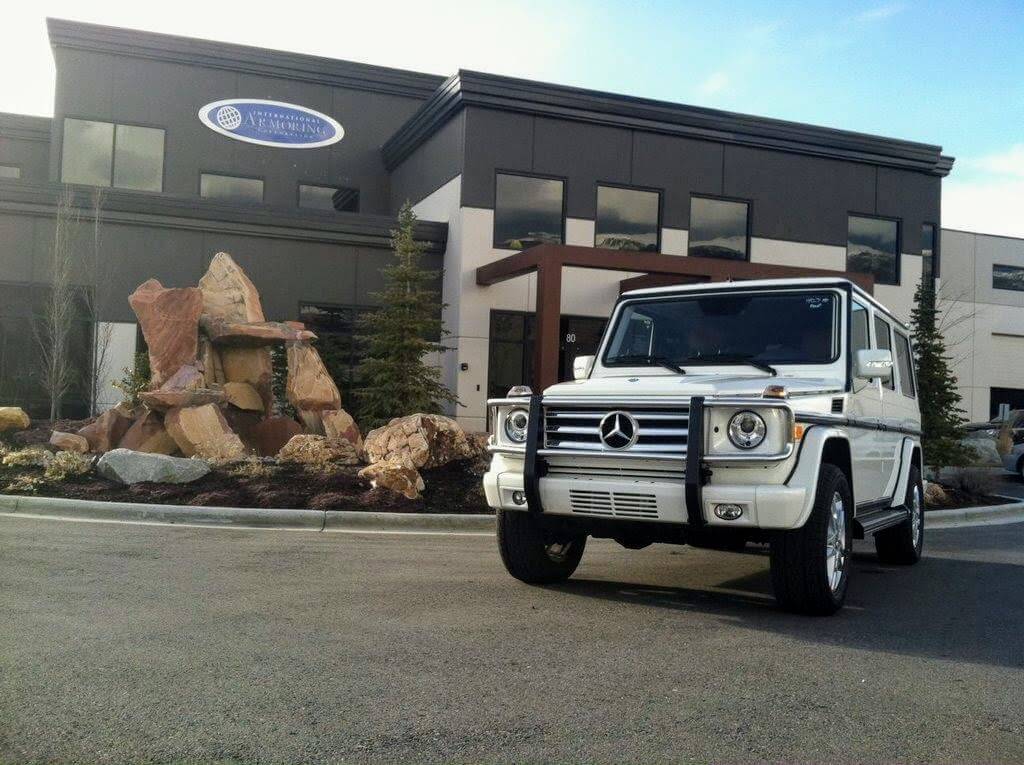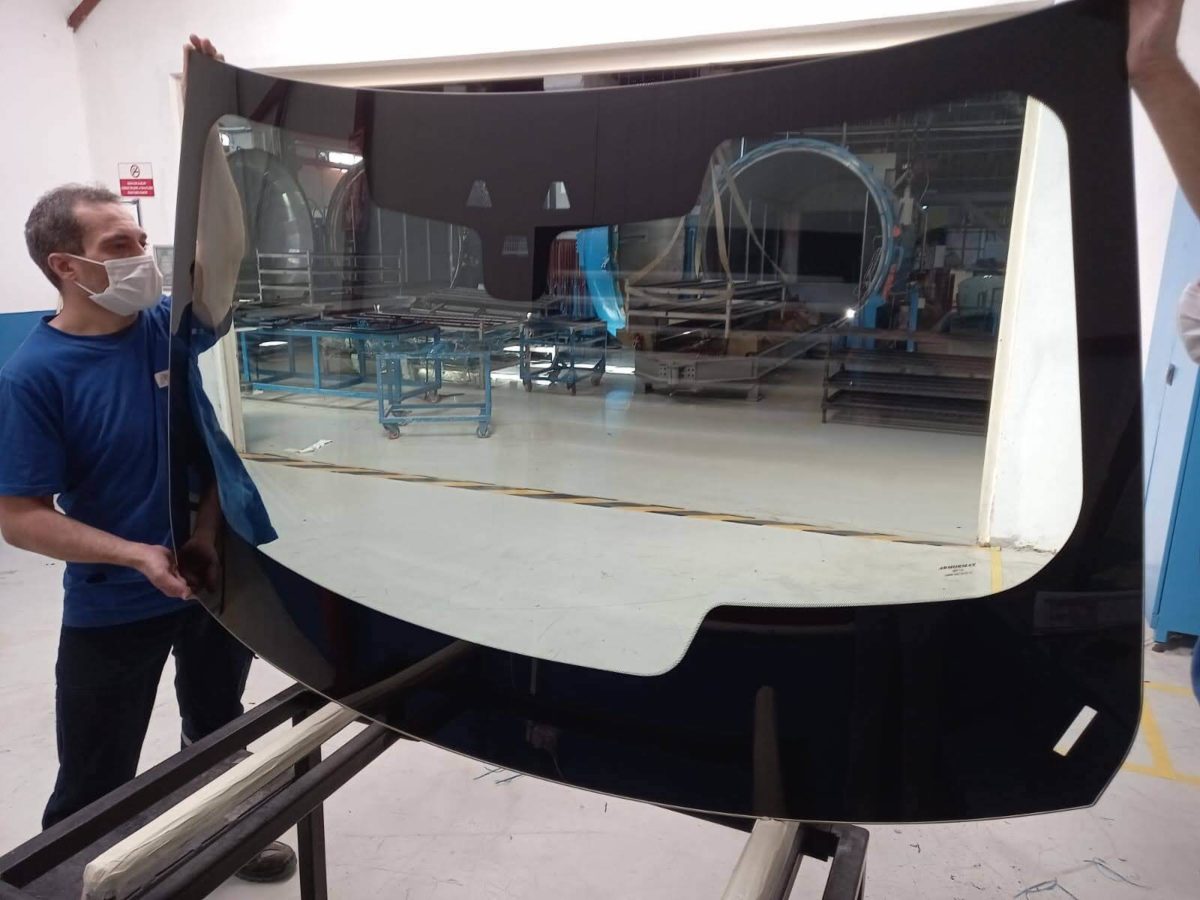People in high-profile positions are prime targets for others and some of the most famous people in history have been killed by strangers shooting them. There are numerous methods that a shooter could use. For example, Lee Harvey Oswald, a skilled marksman, shot John. F. Kennedy from long range. In 1980, Mark Chapman took quite the opposite approach when he shot and killed John Lennon from very close range.
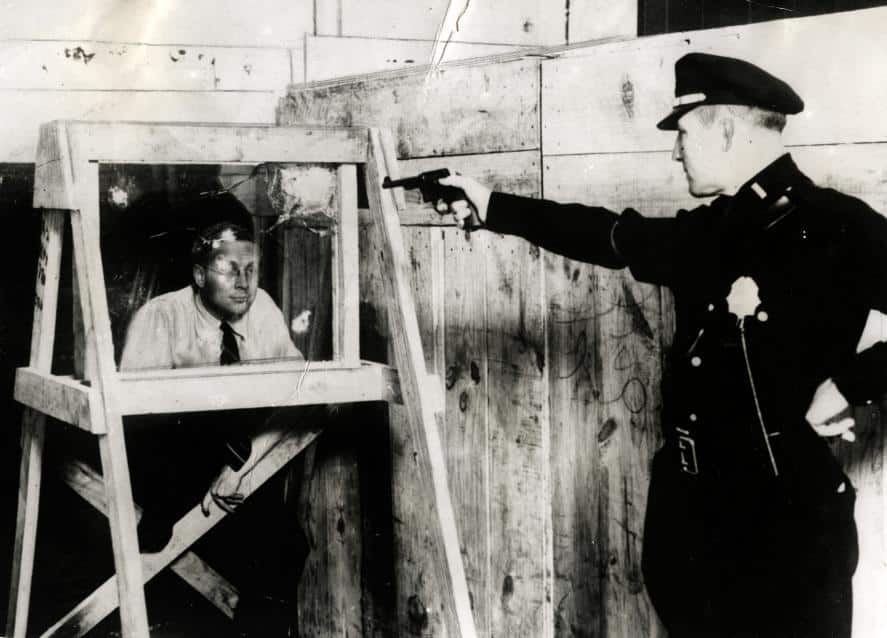
One of the preferred methods for assassins is to execute their target while they are sitting in a car. The target is usually clearly visible and, even better for the criminals; it’s also relatively easy for them to get away afterward. This is especially the case in heavy traffic if the target doesn’t have an escort and the assailants are on motorcycles, meaning they can cut through the traffic and get away from the scene long before the police arrive.
Most car windows will do nothing to stop a bullet from passing through and hitting their target, making high-profile targets potentially vulnerable in traffic. However, a solution is available that keeps the target relatively safe by stopping bullets from hitting them. That solution is bulletproof glass, and here we take a look at its history.
Early Stages of Toughened Glass
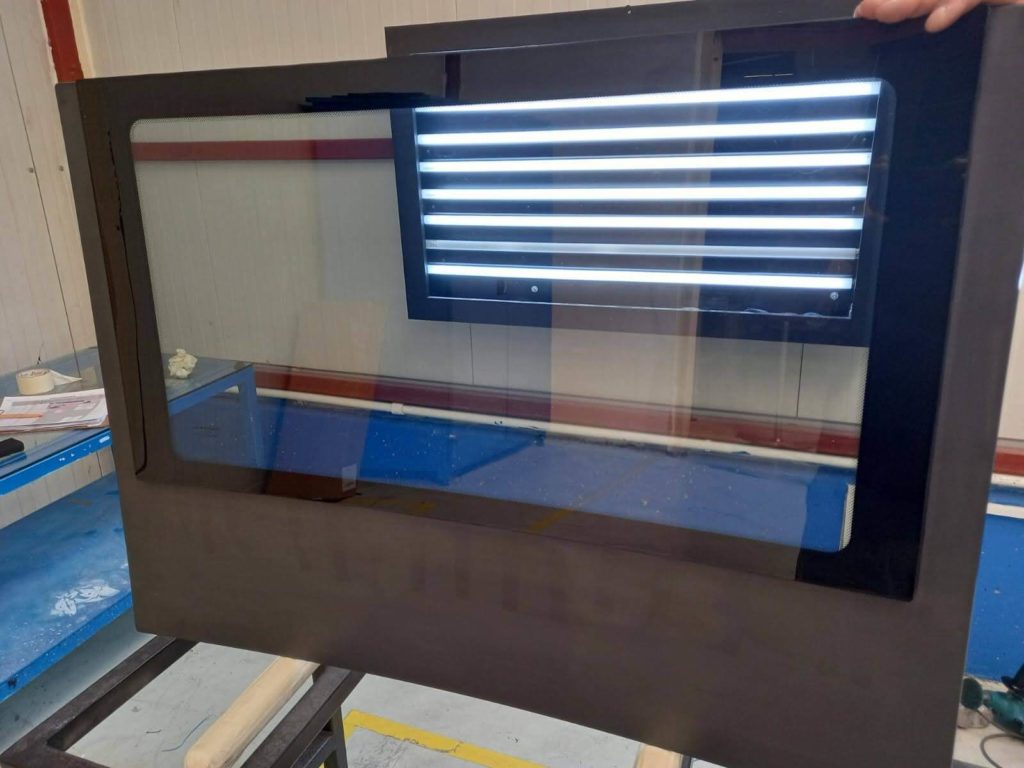
The first example of toughened glass appeared in the early 17th century in the form of Prince Rupert’s Drops. These tear-shaped drops are made from molten glass that has been dropped into cold water, which causes the hot glass to cool rapidly. The result is pure glass droplets that can withstand incredible forces; even hitting them as hard as you can with a hammer causes no damage whatsoever.
Prince Rupert’s Drops were a fascinating phenomenon first discovered and were given to England’s King Charles II by Prince Rupert. The King then passed them on to the Royal Society to be studied. However, as fascinating as Prince Rupert’s Drops were to the upper class at the time, they served no practical purpose, although they did help to demonstrate that glass is not necessarily always fragile.
The drops inspired further Investigation into how glass could be made stronger. Tempered glass was developed in the late 1800s, and the first patent for tempered glass was granted in 1935. Tempered glass is often used as safety glass today, including in public places to help reduce injury from accidents. Tempered glass itself is not bulletproof but is still used combined with other materials to make bulletproof glass.
The Discovery of Laminated Glass
In 1903, laminated glass was discovered by mere accident. A French Chemist named Edouard Benedictus dropped a glass beaker on the floor; the glass was holding liquid nitrate. When the flask dropped, he noticed something unusual – the glass didn’t shatter.
Edouard also noticed that the glass was covered in a thin plastic layer, and he realized the film was made by the liquid nitrate that the flask was holding. Leading from this accidental discovery, Edouard patented laminated glass in 1903, and the protective material was used in WWI to help provide protection for military vehicles in the battlefield, while it was also used in gas masks.
Of course, laminated glass has developed considerably since Edouard’s discovery nearly 300 years ago. Laminated glass is typically used for safety reasons in certain scenarios and is often used in home glazing and car windshields and windows. Laminated glass is also often used alongside other materials to make bulletproof glass.
The Development of Bulletproof Glass

Laminated glass and tempered glass were continually developed to make the glass stronger and safer. However, while both can be types of bullet-resistant glass, neither can stop a bullet outright. However, both can be used to create layers of glass that can stop a bullet altogether, helping to protect people at risk of being attacked.
When was Bulletproof Glass Invented?
As recently as 1982, the first patent for ballistic glass was granted. However, this came a year after one of the most famous uses of the technology, which was when Pope John Paul II had it installed on the Pope-Mobile.
Modern versions of bulletproof glass used a variety of materials to stop bullets, including sheets of glass. As well as glass layers, other key ingredients of bulletproof glass are polycarbonate layers, and acrylic, which helps to add additional strength as well as energy-absorbent capabilities.
How much protection bulletproof glass offers are ranked on a scale of one to eight, with one offering the lowest level of protection and eight offering the highest. Level one bulletproof glass can withstand impacts from a minimum of three 9mm full metal jacket rounds, while level eight bulletproof glass must be able to withstand at least impacts from a minimum of five 7.62mm rifle rounds.
How was Bulletproof Glass Created?
Initially, bulletproof glass was made by dripping molten glass into the water followed by fast cooling which would harden the glass. This would help the glass hold up to harsh hammer blows.
Future Development
Glass has come a long way since it was first discovered hundreds of years ago. It is now no longer nearly as fragile as it used to be and can even stop bullets from small arms, including high-powered rifles dead in their tracks.
However, that does not mean the evolution of bulletproof glass has come to a stop, and research continues into making the material even more resilient than it is now. At some point in the future, we may well see bulletproof glass that can withstand any number of projectiles from powerful weapons, with hardly a scratch caused to the glass itself.
